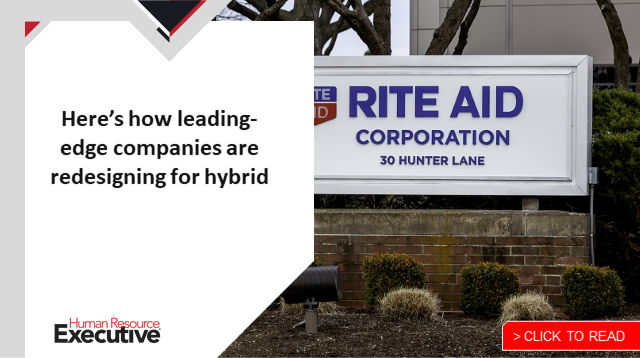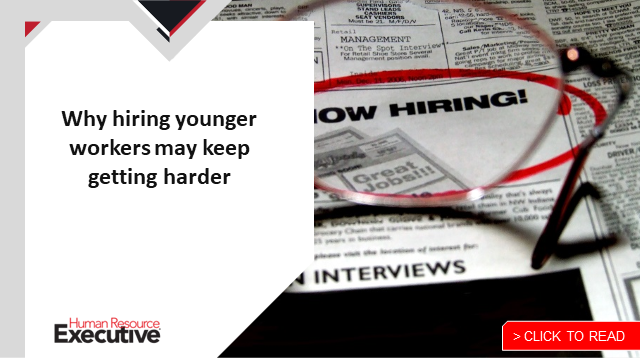While the Great Resignation continues to shake up businesses across the country, it has also ushered in a new era for the American worker—defined by increased bargaining power, higher wages and flexible work opportunities.
HR leaders are beginning to make significant progress as they work to address and resolve key workforce experience issues. A 2022 PwC Pulse Outlook Survey found that CHROs are increasingly focused on leveraging quality talent, with 61% saying that hiring and retaining talent will be a key investment for their companies in the coming year.
Improving employee satisfaction will not only increase retention, but may also increase a business’ bottom line. A recent study from Oxford University has found that workers are 13% more productive when happy. In other words, a happy workforce is both more productive and more efficient than an unhappy one.
Here are three practical strategies that you can implement now, to help retain talent and increase overall productivity.
Communicate your organization’s unified mission and vision
Employees are seeking more than just the traditional 9-to-5 job, they are seeking purpose and meaning in their careers. Clearly defining and enforcing your company’s mission and vision can help unify teams, increase productivity and engagement, and increase retention.
Company culture is a controversial and often-overlooked aspect of HR and workforce experience strategies. Culture is more than just buzzwords and company slogans; it is arguably the single most important indicator of current and future success—culture (or the lack thereof) can unify or divide teams. In fact, per a 2021 PwC Global Culture Survey, 83% of organizations said that culture was a competitive advantage during the pandemic. At the end of the day, a motivated and unified workforce is a productive and committed workforce.
Clearly defining and communicating your mission and vision is a simple yet effective way to drive organizational change and shape company culture. Oftentimes, company-wide mass communications are ineffective because they are impersonal and unrelated to the individual’s specific role. Digital HR platforms are an effective way to transform mass communications into meaningful one-on-one interactions since they allow you to tailor your messages to specific audiences within your organization and ultimately increase engagement and productivity.
As you begin rolling out your own organizational changes, consider integrating a digital HR platform as an end-to-end solution to effectively engage your people and communicate each phase of your transformation.
Automate labor-intensive HR tasks and activities
Even prior to the pandemic, managing an effective HR strategy was no easy undertaking. From manually inputting payroll and hiring data to responding to common queries, HR has always been a time- and labor-intensive craft. Now, COVID-19 has added a multitude of new responsibilities to HR’s plate—including developing meaningful in-person, remote and hybrid work opportunities; managing employee safety and wellbeing; and creating an inclusive work environment.
While today’s HR challenges are complex and daunting, the solution doesn’t have to be. HR automation is an effective way to streamline workflows and allow your HR leaders to spend more time on employee experience and increasing business value and spend less time on burdensome administrative work. Implementing HR automation tools will allow HR leaders to focus their energy on retaining and attracting top talent—increasing overall value for your business.
In addition to automating HR workflows, HR strategy should also consider how automation of other business processes can benefit the business and impact hiring and employee retention. According to PwC’s 2022 AI Business Survey, 98% of companies believe that AI can help overcome labor market challenges through increased automation or reduced general hiring plans. HR should consider the overall impact of automation as a key component of their strategy.
Develop trust and open communication with your people
It is a business imperative to engage your employees, listen to their feedback and take action to resolve the major issues resulting in employee turnover. Digital platforms allow you to compile employee feedback and address negative trends before they lead to major issues, including employee departure. PwC’s 2022 Trust Survey found that 71% of employees say they’re likely to leave if a company loses their trust.
Listening to the concerns and understanding the needs of employees is a critical aspect of building and maintaining trust with your workforce. Digital HR platforms use survey and analytics solutions, allowing you to understand workforce sentiment in real time and create powerful action plans to improve employee experiences and support better performance through every step of your organization’s journey.
 By providing consistent and tailored messages during each phase of your transformation, you can help increase transparency between your organization and your workers so they can feel confident they have what they need, when they need it.
By providing consistent and tailored messages during each phase of your transformation, you can help increase transparency between your organization and your workers so they can feel confident they have what they need, when they need it.
Ultimately, digital HR tools allow you to automatically and seamlessly collect and analyze employee feedback so you can drive, change and increase the value of your workforce. HR automation tools and digital workforce experience platforms are effective ways to regain control during the Great Resignation and develop a diverse and robust workforce for 2022 and beyond.

